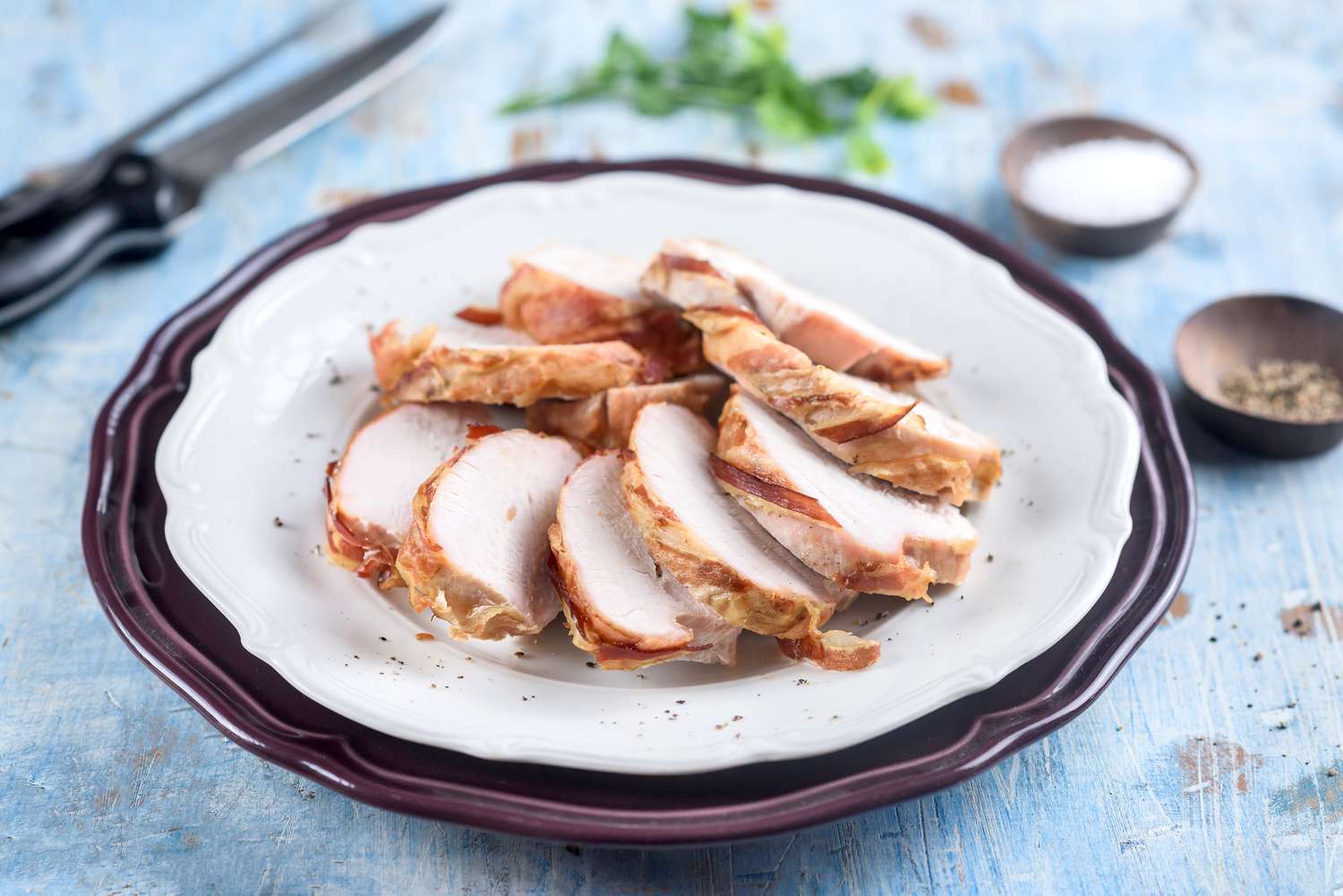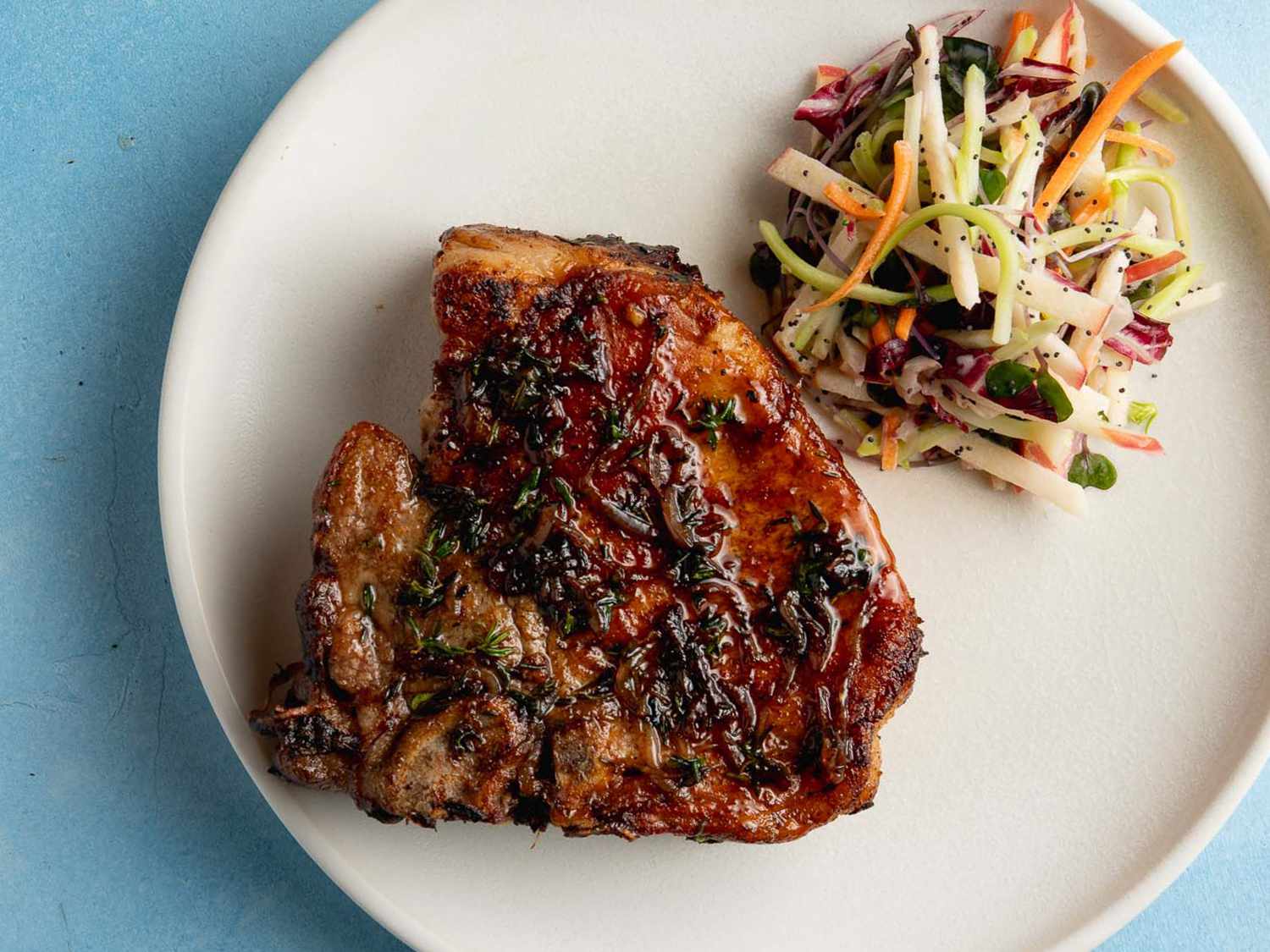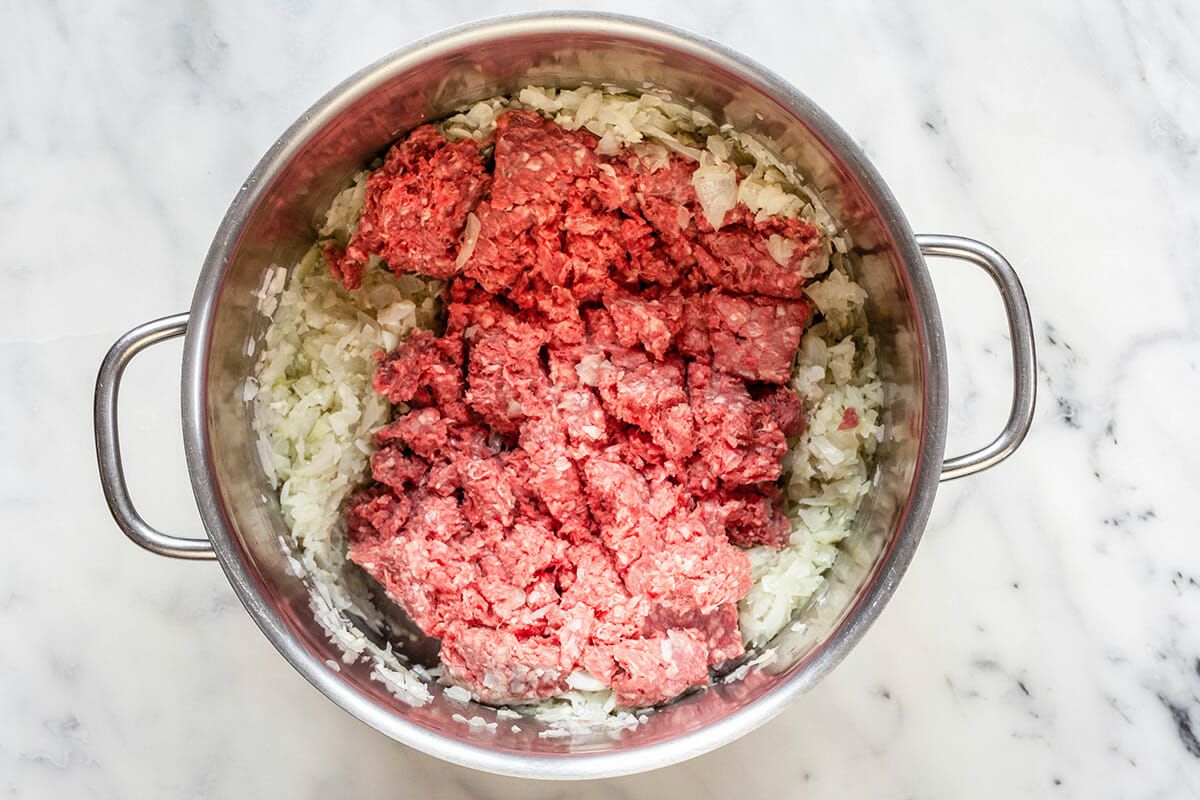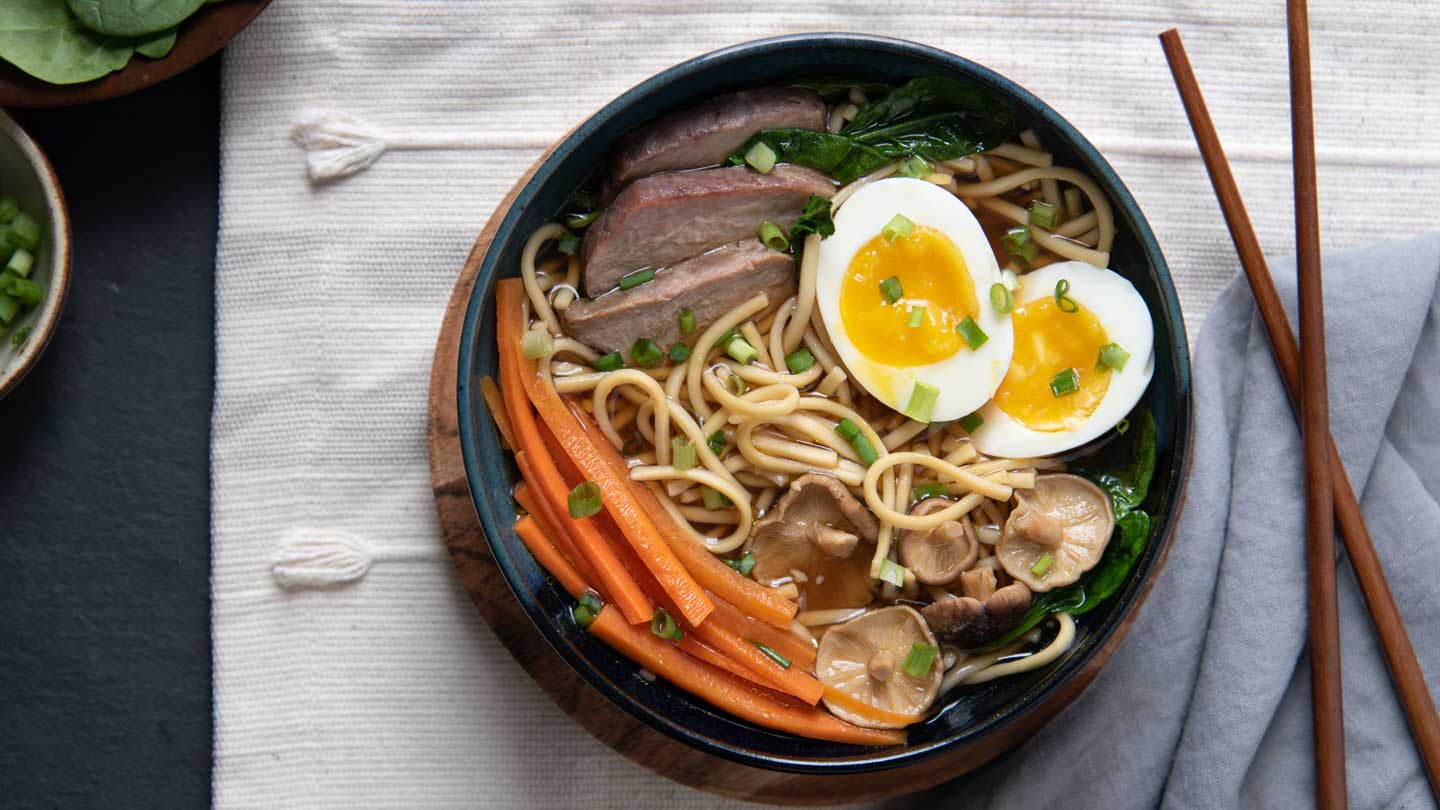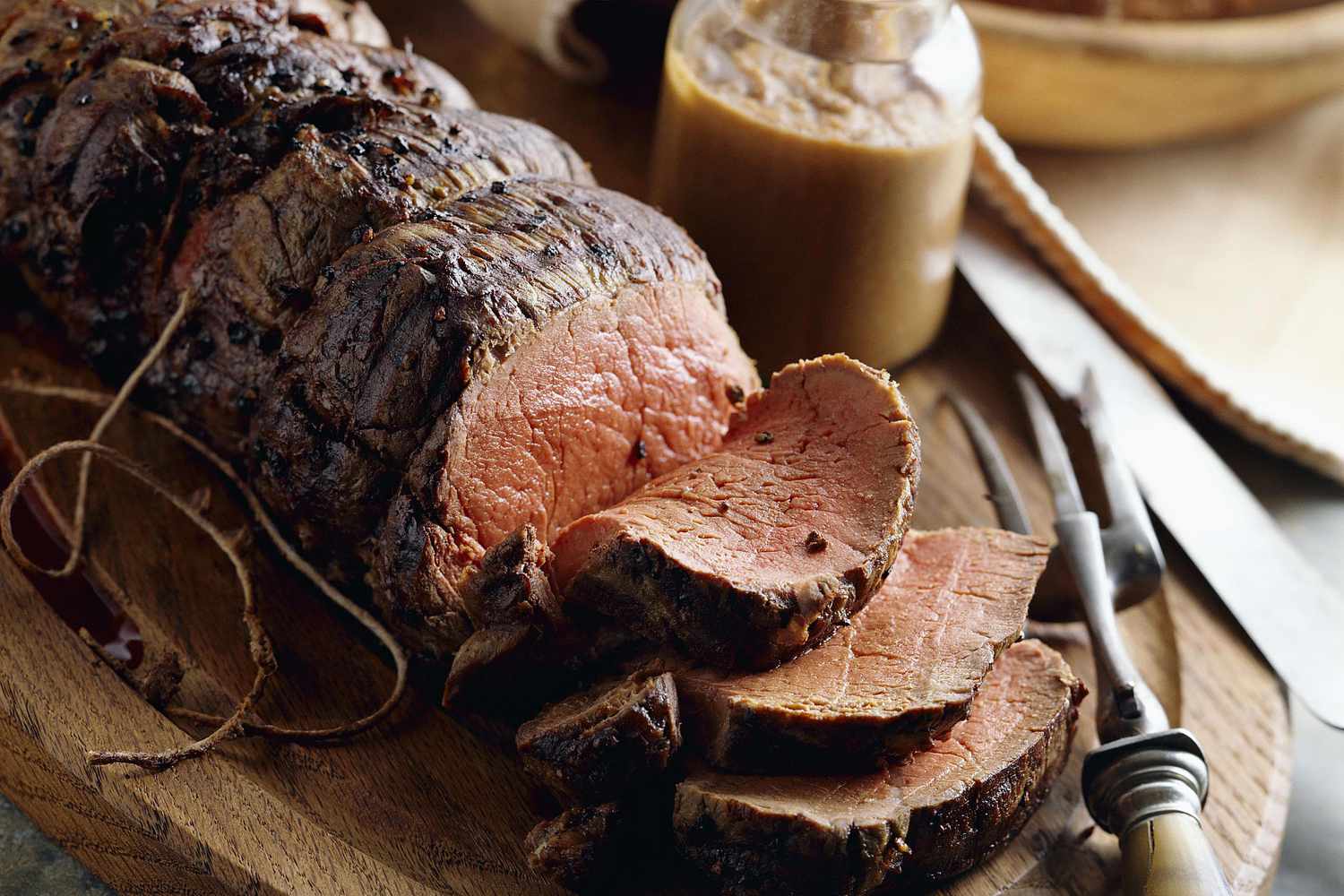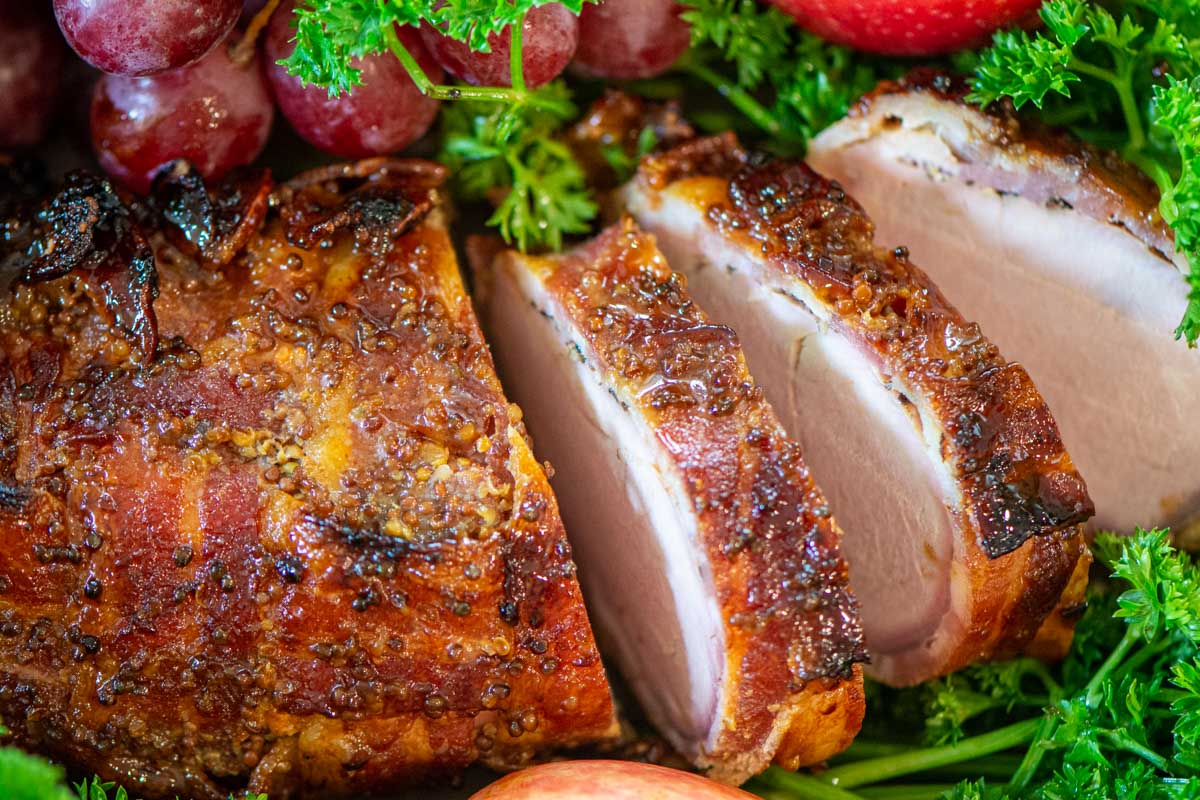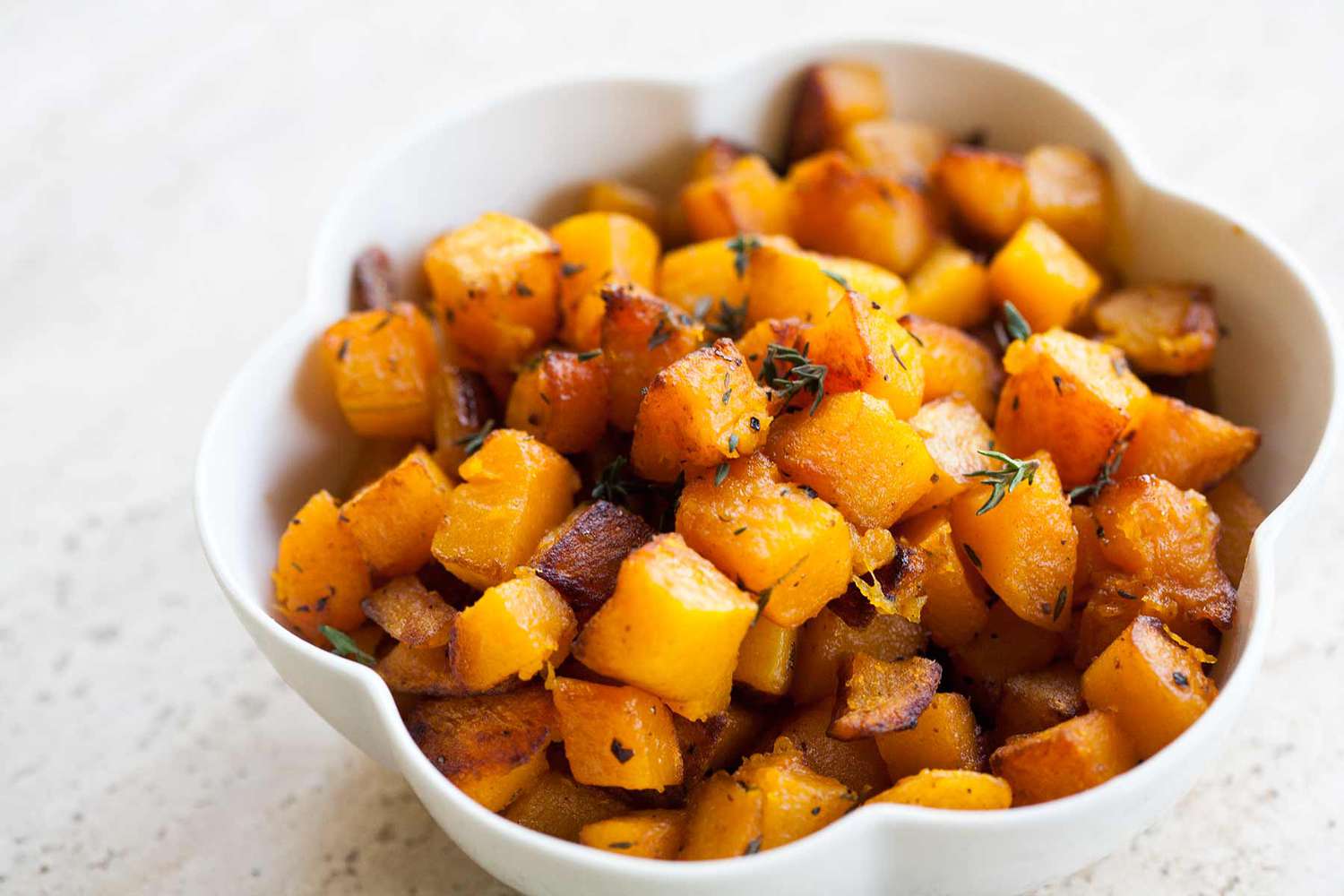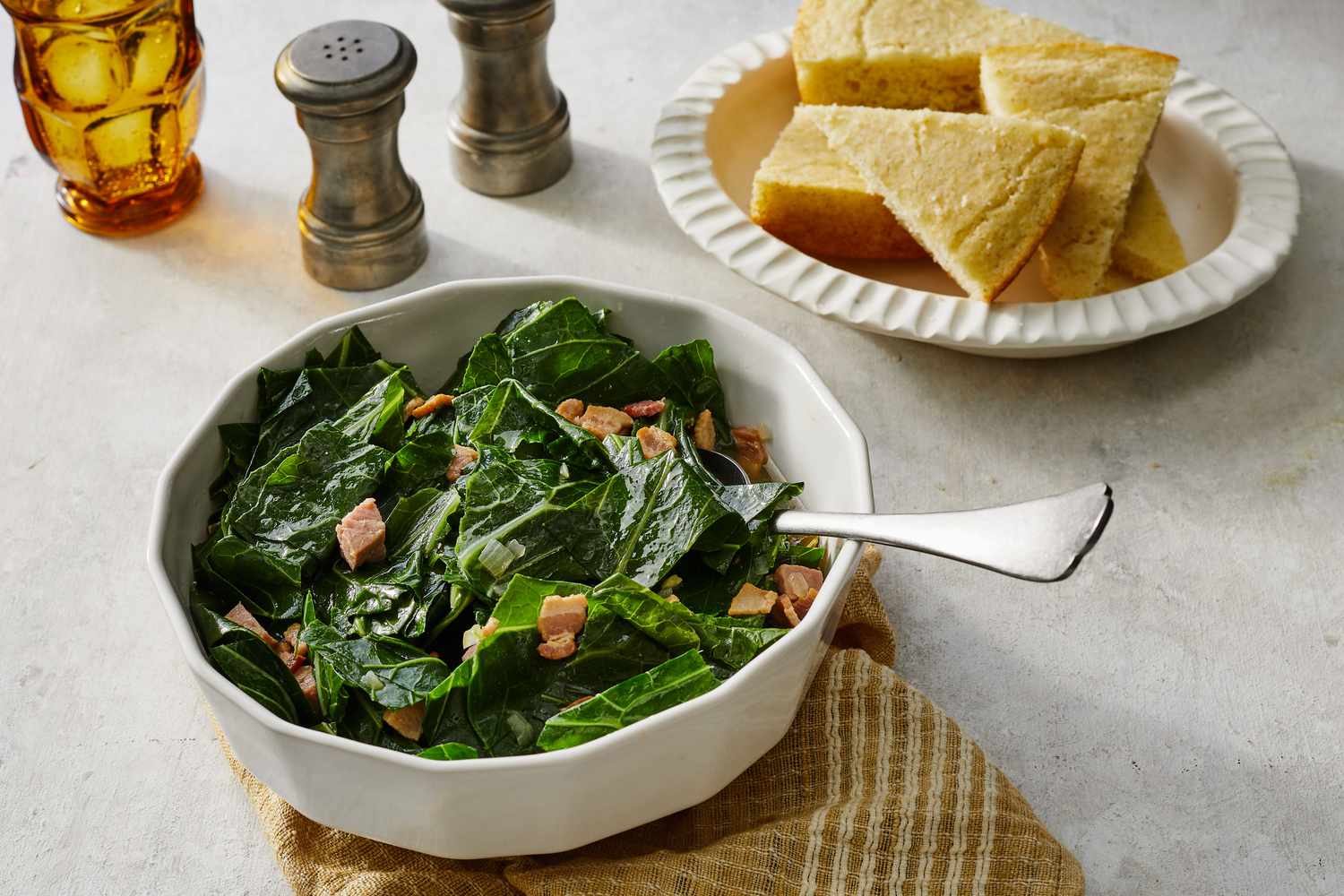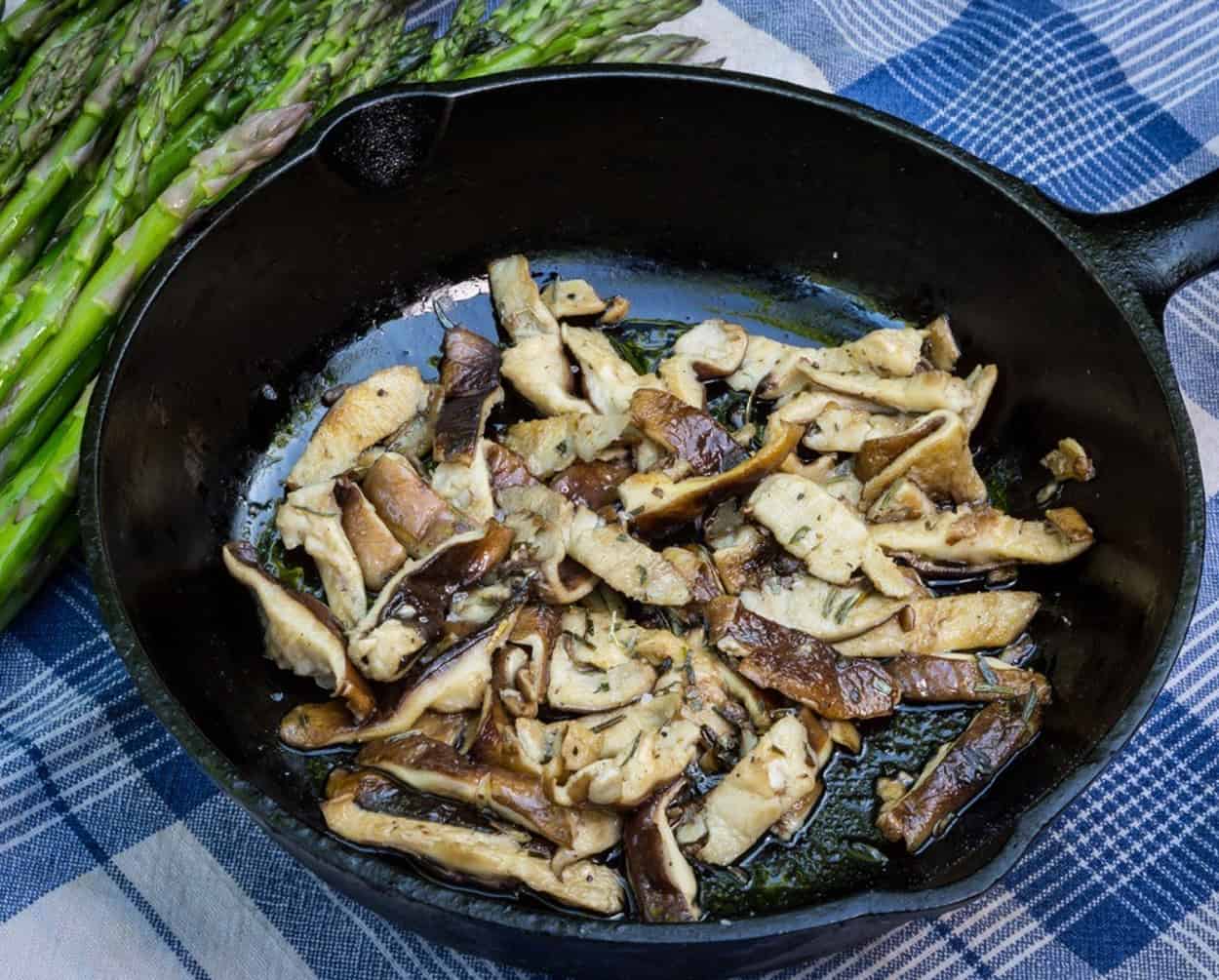Unlock the Potential of Frozen Veggies: Oven Cooking Made Easy!
When it comes to cooking frozen veggies, the oven can be your secret weapon. Not only does it preserve the nutrition and texture of your vegetables, but it also adds a delightful roasted flavor that takes your dishes to the next level. Ready to unlock the potential of your frozen veggies? Let’s dive into the art of oven cooking!
Step-by-Step Guide: Oven Cooking Frozen Veggies
Follow these simple steps and you’ll have perfectly cooked, flavorful frozen veggies in no time:
- Preheat your oven to 400°F (200°C). This temperature allows the veggies to cook evenly while maintaining their natural colors and flavors.
- Choose your favorite frozen veggies. Whether it’s a mix of colorful peppers, broccoli florets, or classic carrots, the choice is yours! Ensure that your veggies are not clumped together and are spread out evenly on a baking sheet.
- Drizzle a tablespoon of olive oil over the veggies. This helps to enhance the flavors and prevent them from drying out during the cooking process. Add your favorite seasonings, such as garlic powder, paprika, or herbes de Provence, to give your veggies an extra punch.
- Use tongs or a spatula to toss the veggies gently, ensuring that they are coated evenly with the oil and seasonings. This step ensures that every bite is bursting with flavor!
- Spread the veggies in a single layer on the baking sheet. This allows for proper airflow and even cooking. If needed, use two baking sheets to ensure that the veggies have enough space to roast without overcrowding.
- Place the baking sheet in the preheated oven and let the veggies roast for about 20-25 minutes. Keep a close eye on them and stir them occasionally to prevent sticking and promote even browning.
- After the cooking time elapses, test the doneness of your veggies by inserting a fork. They should be tender but still have a slight bite. If needed, cook for an additional few minutes until they reach your desired level of tenderness.
- Once ready, remove the baking sheet from the oven and let the veggies cool for a few minutes before serving.
Benefits of Oven Cooking Frozen Veggies
Oven cooking frozen veggies offers a range of benefits that make it a popular cooking method:
- Preserves Nutrients: By using the oven, you retain more of the vital nutrients found in vegetables, ensuring you get the most out of your meal.
- Enhances Flavors: The dry heat of the oven helps to concentrate the flavors of the veggies, resulting in a rich and satisfying taste.
- Retains Texture: Unlike other cooking methods, oven roasting allows frozen veggies to maintain their crispness and bite.
- Versatile: You can use any combination of frozen veggies you like, letting your imagination run wild and creating exciting flavor profiles.
- Budget-Friendly: Frozen veggies are a cost-effective option that allows you to enjoy a variety of vegetables year-round without worrying about spoilage.
Beyond Basic Roasting: Exploring Oven Cooking Variations
While roasting is the go-to method for oven cooking frozen veggies, there are other creative variations worth exploring:
- Sheet Pan Meals: Toss your roasted veggies with cooked grains, proteins, and a splash of sauce to create a delicious, well-balanced sheet pan meal.
- Veggie Skewers: Thread roasted veggies onto skewers, alternating with marinated tofu, shrimp, or your protein of choice, for a healthy and flavorful kebab.
- Stuffed Veggies: Hollow out larger roasted veggies like bell peppers or zucchini and stuff them with a mix of grains and cheese for a satisfying and filling meal.
With these creative variations, you can elevate your oven-cooked frozen veggies and transform them into exciting and flavorful dishes that will impress your family and friends!
Now It’s Time to Heat Things Up!
Oven cooking frozen veggies is a game-changer. With just a few simple steps, you can achieve delectably roasted vegetables that are bursting with flavors and packed with nutrients. So why wait? Grab your favorite frozen veggies, preheat that oven, and get ready to enjoy a delicious and hassle-free meal!
Was this page helpful?
Read Next: How To Cook Picanha Steak On Grill
